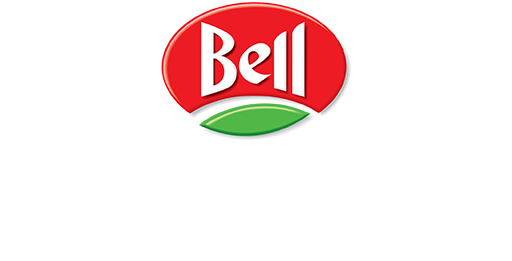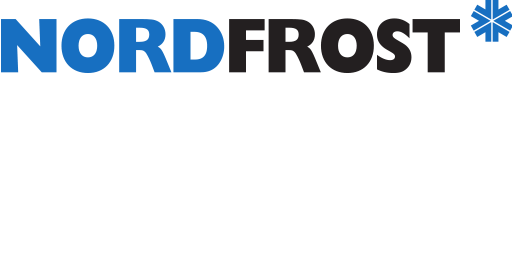Industry
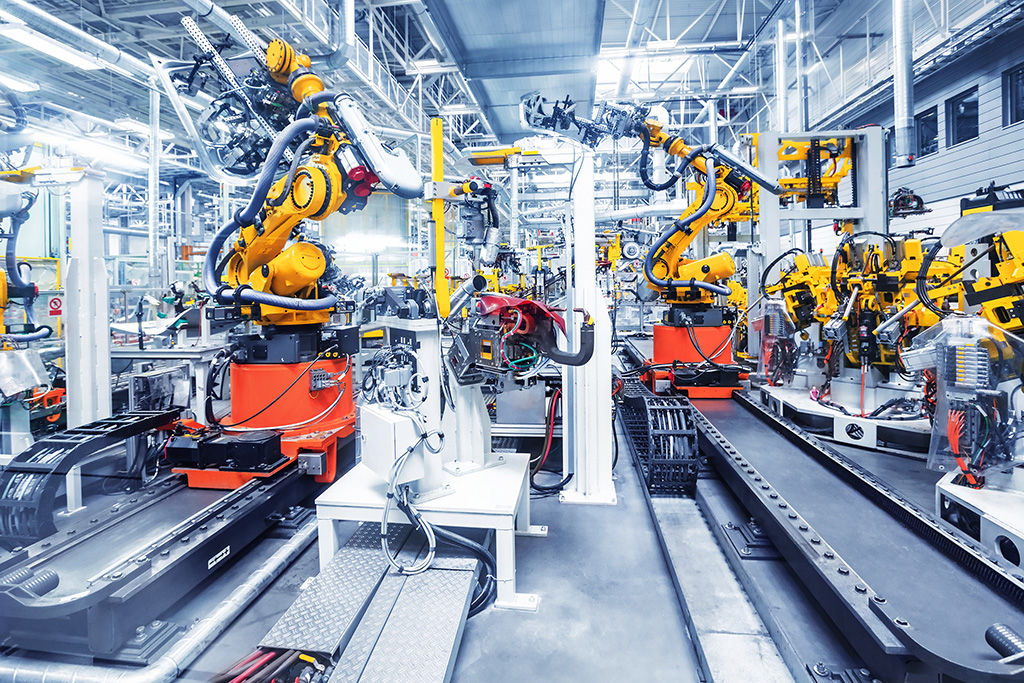
Industrial IT security: Identifying risks, securing production
The digital transformation in industry opens up a wide range of potential – from automated manufacturing processes to data-driven production optimization. Information technology plays a key role here, whether in the control of machines or through the cross-location networking of production data.
A key advance is the convergence of production facilities (operational technology, OT) and traditional information technology (IT) into an integrated industrial IT network. This convergence promotes efficiency, transparency, and flexibility – but also brings with it new security challenges: The different requirements of OT and IT must be sensibly combined in a holistic security concept. While production systems depend on stability, availability, and real-time capability, traditional IT systems often focus on scalability and functionality.
At the same time, there is growing pressure to protect sensitive operating data and effectively secure the entire IT and OT infrastructure against cyberattacks. This is because production downtime due to security breaches can cause considerable economic damage.
Security in production networks with ARP-GUARD
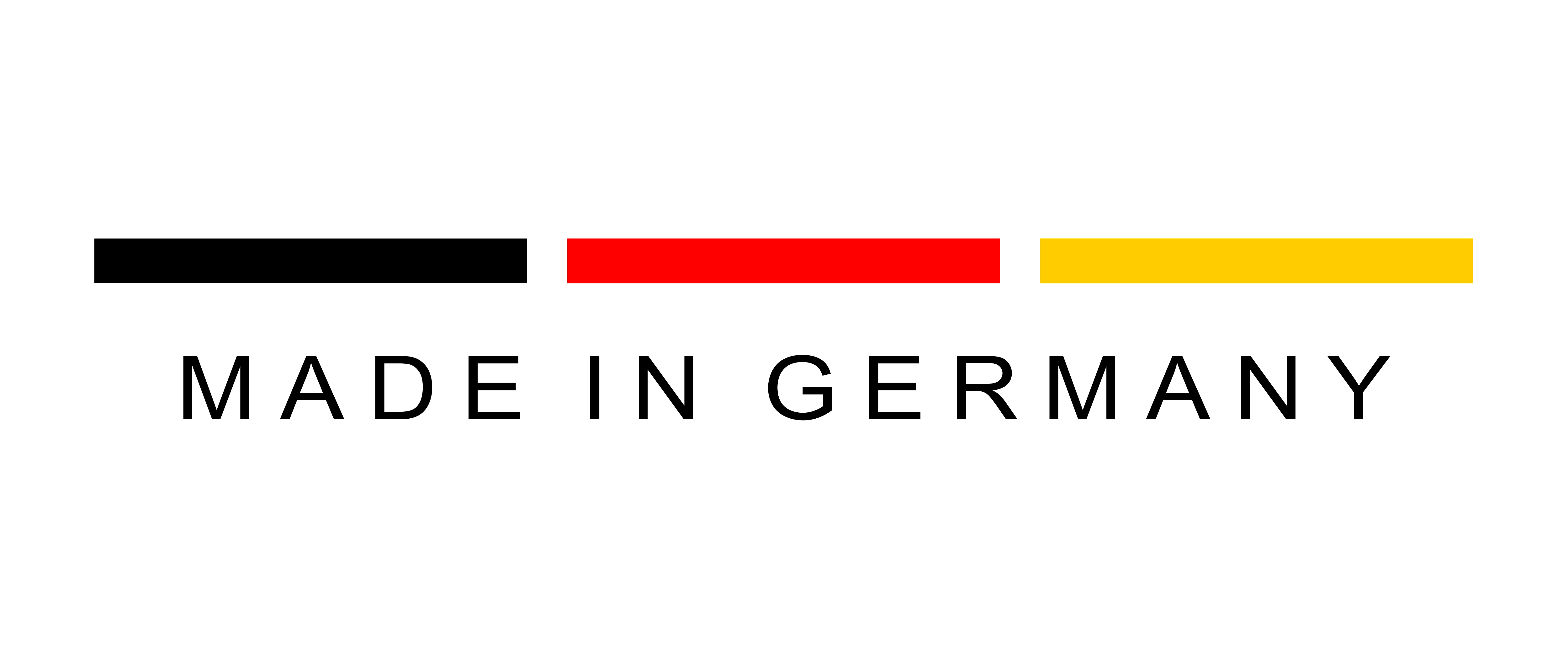
Networked production: Opportunities and new security risks
The increasing networking of production facilities with ERP systems—for example, to optimize production planning—brings many advantages, but also new risks. Interfaces to machines and systems in particular open up potential areas of attack, as prominent cases such as Stuxnet and Duqu have shown.
Industry 4.0 meets legacy systems
Industry 4.0 is bringing digitalization to the shop floor. Machine data can be evaluated in real time – but at the same time, old machines that were never designed for network connectivity are coming into focus. This makes them attractive targets for cyberattacks.
Risks:
- Outdated machines as gateways
- Espionage, sabotage, or ransomware attacks
- High damage due to production downtime or data loss
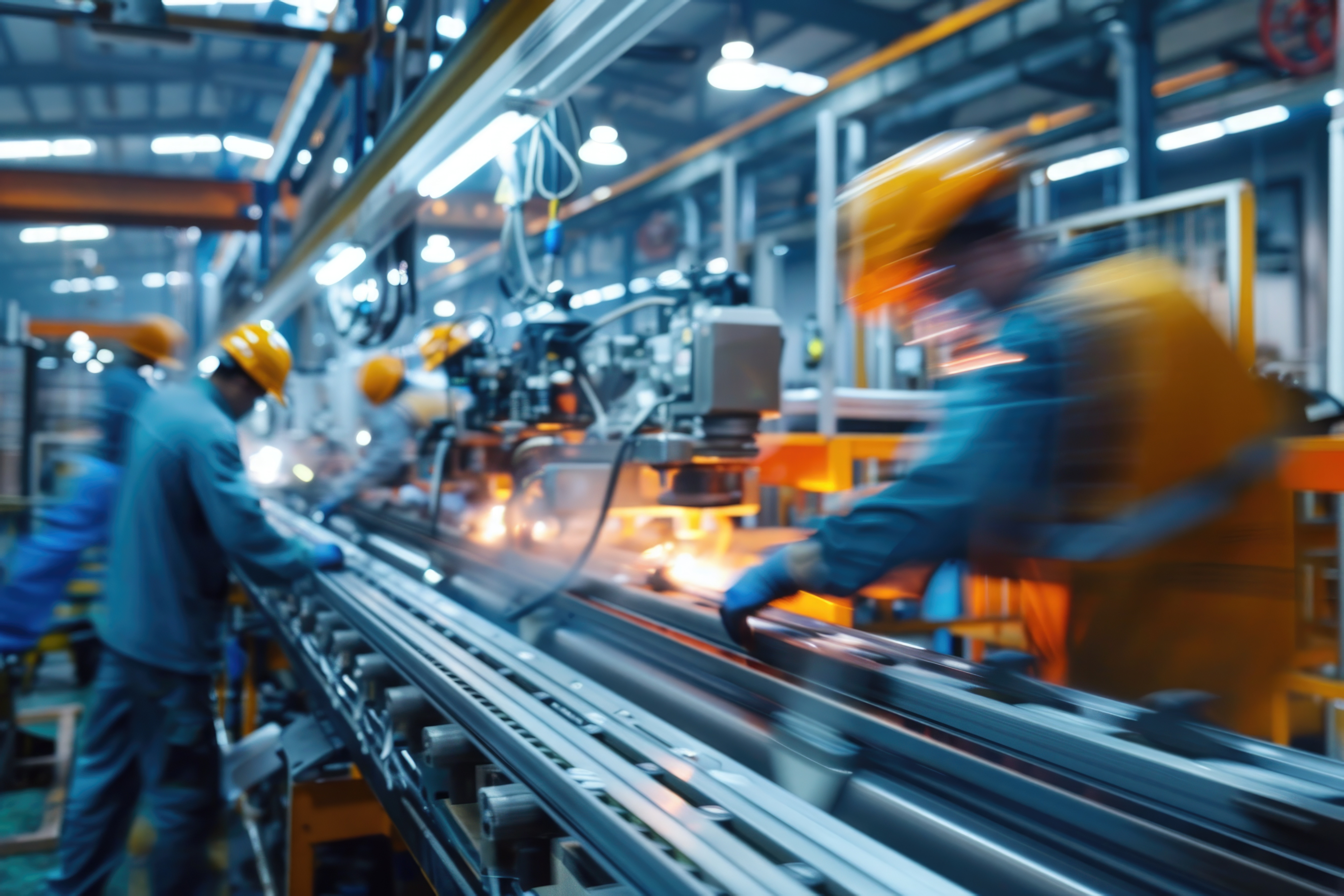
Key challenges in industrial IT security
Securing modern production networks requires more than traditional IT security. It is necessary to master the complexity of heterogeneous systems while complying with current legal and regulatory requirements.
Technological complexity:
- Heterogeneous system landscapes: Machines, robots, PLCs, warehouse technology, and autonomous transport systems use different protocols and operating systems that are difficult to secure with standard security tools.
- External maintenance: External companies often require temporary access to facilities. Without clear access controls, this can lead to unintended security gaps – whether through human error, infected devices, or targeted attacks.
Legal and normative requirements:
- EU Machinery Regulation: Regulates security requirements for new machines and systems.
- NIS2 Directive: Requires companies in critical sectors to adhere to higher cybersecurity standards, including reporting obligations and risk management.
- Cyber Resilience Act (CRA): Ensures uniform rules across Europe for the cybersecurity of digital products – including production components.
- TISAX: Is a standard recognized by the automotive industry for testing and confirming the information security of companies along the supply chain, based on ISO 27001 and the VDA ISA catalog.





